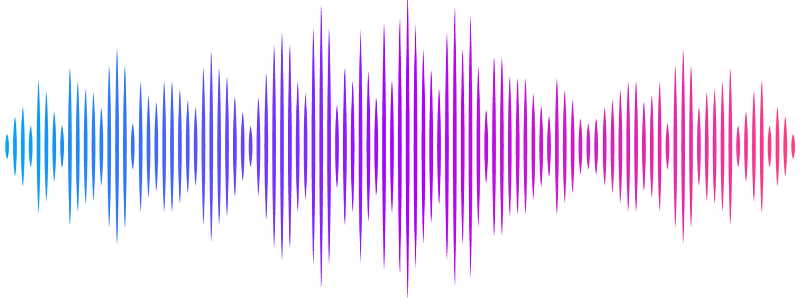The ORF6 accessory protein contributes to SARS-CoV-2 virulence and pathogenicity in the naturally susceptible feline model of infection

The ORF6 accessory protein contributes to SARS-CoV-2 virulence and pathogenicity in the naturally susceptible feline model of infection
Nooruzzaman, M.; Butt, S. L.; Rani, R.; Ye, C.; Martinez-Sobrido, L.; Fang, Y.; Diel, D. G.
AbstractHere the infection dynamics, replication, and pathogenicity of a recombinant virus containing a deletion of ORF6 (rWA1{Delta}ORF6) on the backbone of the highly virulent SARS-CoV-2 WA1 virus (rWA1) were investigated and compared to the parental rWA1 virus. While both rWA1 and rWA1{Delta}ORF6 viruses replicated efficiently in cultured cells, the rWA1{Delta}ORF6 virus produced smaller plaques, suggesting reduced cell-to-cell spread. Luciferase reporter assays revealed immune suppressing effects of ORF6 on interferon and nuclear factor kappa B (NF-{kappa}B) signaling pathways. Pathogenesis assessment in cats revealed that animals inoculated with rWA1 were lethargic and presented with fever on days 2 and 4 post-infection (pi), whereas rWA1{Delta}ORF6-inoculated animals developed subclinical infection. Additionally, animals inoculated with rWA1{Delta}ORF6 presented reduced infectious virus shedding in nasal and oral secretions and broncho-alveolar lavage fluid when compared with the rWA1-inoculated cats. Similarly, the rWA1{Delta}ORF6-inoculated cats presented reduced virus replication in the respiratory tract as evidenced by lower viral loads and reduced lung inflammation on day 3 and 5 pi when compared to rWA1-inoculated animals. Host gene transcriptomic analysis revealed marked differences in differentially expressed genes (DEG) in the nasal turbinate of animals infected with rWA1 when compared to rWA1{Delta}ORF6. Importantly, type I interferon signaling was significantly upregulated in rWA1{Delta}ORF6 infected cats when compared to rWA1-inoculated animals, which is correlated to the reduced replication of rWA1{Delta}ORF6 in the upper and lower respiratory tracts of infected animals. Collectively, these results demonstrate that the SARS-CoV-2 ORF6 is an important virulence determinant of the virus contributing to the modulation of host antiviral immune responses.